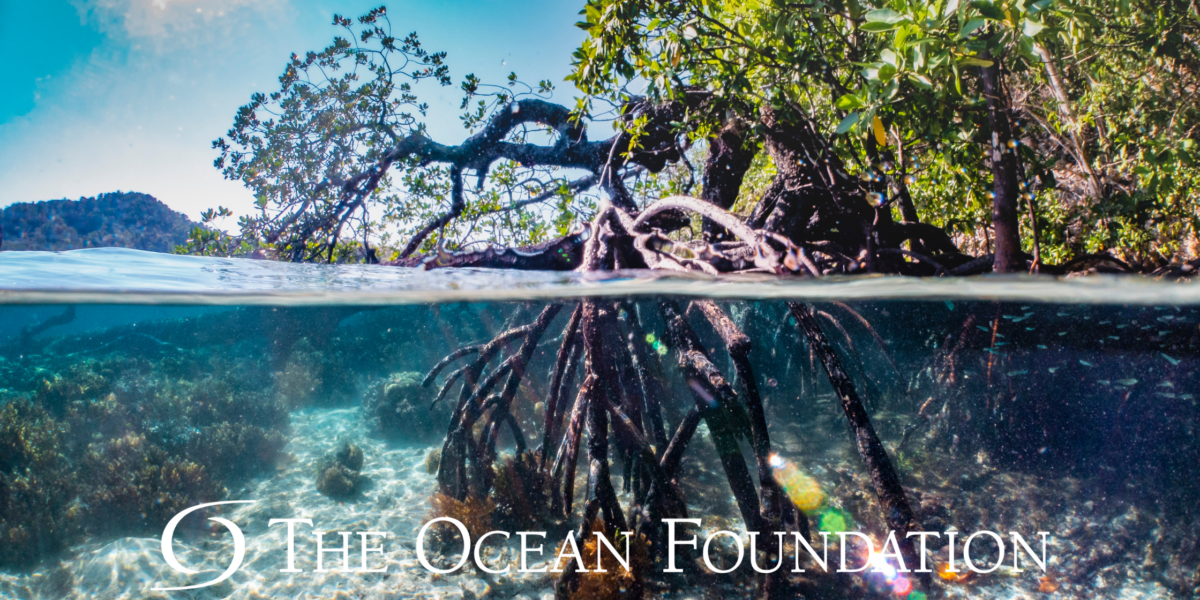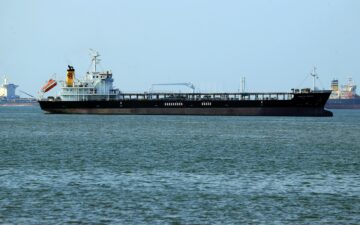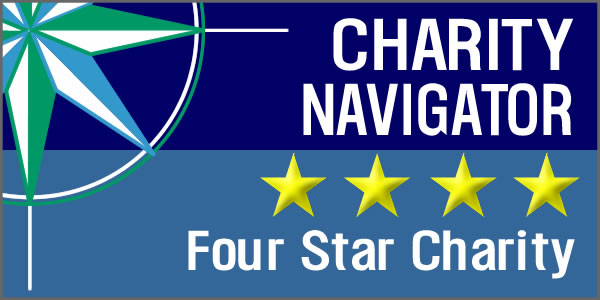Earlier this month, I rose before the moon set that morning to speak at a conference over 8400 miles away and 13 hours ahead. I logged on to The International Conference on Tsunami Risk Reduction and Resilience taking place in Kerala, India, to mark the 20th anniversary of the 2004 Boxing Day Tsunami in the Indian Ocean. Things were running a little behind, as they tend to do toward the end of conferences. Thus, I spent more time listening than I otherwise might have—and I am so glad I did.
The Programme Manager at the UN’s Trust Fund for Tsunami Disaster and Climate Preparedness, Temily Isabella Baker, spoke about how far early warning systems and preparedness have come in the last twenty years and what more needs to be done. The current warning system has saved lives, minimized harm, and more. For example, more targeted evacuation warnings allow communities to avoid costly disruptions if they are not at risk.
After she finished, we heard from Shanta Sheela Nair, the (retired) Secretary of the Indian Administrative Service. On December 26, 2024, she was appointed on the spot to oversee all relief and recovery for Kerala. She spoke powerfully about being confronted with mass destruction, thousands of dead bodies, and the challenges that she, her colleagues, and the devastated communities faced.
They could not cremate the bodies as per tradition in India; there were simply too many. She and her team figured out how to use natural enzymes to help the bodies decompose and prevent disease spreading. She noted that they did not have time to count the number of men and women killed but that she was confident many more women died because their saris and long hair entangled them, making escape impossible, causing them to drown, while the men readily shed their clothes and ran. There were few injuries; you were either alive or had drowned.
As with most disasters, a shortage of safe drinking water was a problem, as was adequate shelter. At the same time, she noted that a frustrating challenge was dealing with the well-intentioned but inappropriate international response. International relief supplies, NGOs, and volunteers are challenging to coordinate and too often fail to meet the actual needs. The people needed hot food and women’s menstrual supplies, not yak blankets and diapers. And there was the heartbreak of newly-orphaned children and how to protect them from “emergency” adoption by nefarious individuals taking advantage of the chaos.
After listening to retired Secretary Nair, my prepared remarks about protecting and restoring natural defense systems such as coral reefs, seagrass, and mangroves seemed far less compelling. The Ocean Foundation did not provide disaster relief, care for survivors, or handle the dead. However, I reminded myself that these natural systems provided a shield and saved many lives, and their protection is essential to good planning for future disasters.
The Power of Natural Defense Systems
Twenty years after the devastating 2004 Indian Ocean Tsunami, one of the most crucial lessons remains clear: nature can be our strongest ally in protecting coastal communities from disaster.
When the tsunami struck in December 2004, we knew we had to find out what happened to the natural systems supporting these coastal communities’ livelihoods. Thus, early in 2005, New England Aquarium launched an expedition funded by The Ocean Foundation. The researchers made what was then a striking discovery: areas with intact mangrove forests experienced significantly less damage than regions where these natural barriers had been cleared. But it wasn’t just mangroves acting alone – the most effective protection came from a combination of three key ecosystems working in concert: coral reefs, seagrass meadows, and mangrove forests.
The Ocean Foundation’s work studying tsunami effects and recovery and our extensive nature-based resilience-building have demonstrated that when we work with natural systems rather than against them, we create more resilient coastlines that protect communities during disasters and everyday life.
This “natural infrastructure” functions like a well-coordinated team. Coral reefs serve as the first line of defense, breaking down powerful wave energy before it reaches the shore. Seagrass meadows act as the second barrier, helping to stabilize sediments and reduce water velocity. Finally, mangrove forests provide the crucial last line of defense. Their complex root systems and dense vegetation help buffer coastal communities from the impact of waves and storm surges.
We also learned that it is crucial to act quickly to restore and protect these systems following disasters and as immediate humanitarian needs are met. The marine system needs time to recover—and can only do so with serious mitigation of debris-related harms. Stranded boats, building materials, and other debris roll around in seagrass meadows and coral reefs, causing additional damage and disrupting marine animals. Removing the debris with minimal additional harm in water habitats is painstaking work. Mangrove forests need space to regrow and recover—and may require supplemental planting in addition to removing debris.
Beyond Disaster Protection
These natural defense systems are particularly valuable because they don’t just sit idle waiting for the next disaster. They actively contribute to local economies year-round by
supporting sustainable fisheries, providing opportunities for eco-tourism, and creating jobs. They also maintain biodiversity, protect water quality, and mitigate the effects of excess greenhouse gas emissions by storing carbon dioxide in the plants and soils. These multiple functions make investing in natural defense systems a smart economic choice, delivering daily benefits while reducing catastrophic risk.
Lessons for Building Resilience
The Ocean Foundation’s work in natural resilience, which started from the study of this tsunami, has revealed several critical lessons for building more resilient coastal communities:
1. Prevention Beats Response
While having sound disaster response systems is crucial, pre-disaster actions yield the greatest return on investment. Communities that invest in natural systems and preparedness before disasters strike consistently see better outcomes than those scrambling to respond after the fact.
2. Knowledge Integration is Key
The most effective solutions emerge when we combine multiple types of expertise:
– Modern scientific monitoring and technology
– Traditional ecological knowledge from local communities
– Local community expertise
– International technical support
3. Better Together
Success requires embracing interconnected systems, including:
– Multiple ecosystem types working in concert
– Various stakeholder groups collaborating
– Different funding streams supporting long-term sustainability
4. Maintaining Momentum
The greatest challenge lies in maintaining a commitment to protective measures during calm periods. This requires:
– Regular emergency response drills
– Ongoing training programs
– Sustained community engagement
– Continuous environmental monitoring
– Reliable funding mechanisms
Looking Forward
As climate change increases the frequency and intensity of extreme weather events, the lessons learned from the 2004 tsunami become even more relevant. The Ocean Foundation’s global nature-based resilience experience shows that building resilient coastal communities requires a comprehensive approach that:
– Implements standardized protocols for ecosystem damage assessment
– Creates dedicated emergency response funds for ecosystem recovery
– Establishes well-trained rapid-response volunteer networks
– Maintains baseline environmental monitoring systems
– Builds local environmental management capacity
– Forms inclusive technical working groups that include Indigenous peoples and local business representatives
Making the Economic Case
For these approaches to succeed long-term, we must effectively communicate that nature-based solutions provide tangible economic benefits beyond disaster protection. When coastal communities see how healthy ecosystems support their livelihoods through sustainable fisheries, tourism, and other activities, they’re more likely to invest in protecting and maintaining these natural systems.
The Path Forward
The 2004 Boxing Day Tsunami taught us that we cannot separate environmental protection from community resilience – they are inextricably linked. As we face an uncertain future with increasing climate-related challenges, investing in nature-based solutions isn’t just an environmental choice – it’s an investment in community survival and prosperity.
By working with nature rather than against it, we can build coastal communities that are more resilient to disasters and economically vibrant and sustainable in their daily lives. The evidence is clear: nature offers the best blueprint for building a more resilient future.






